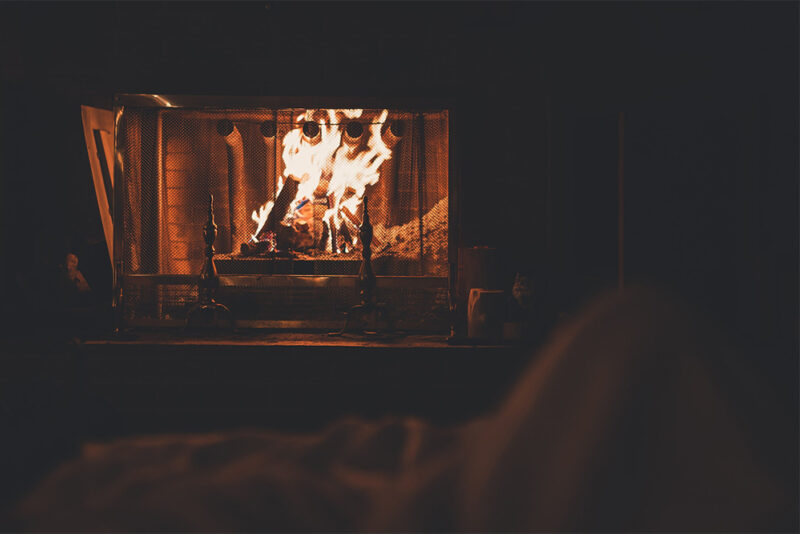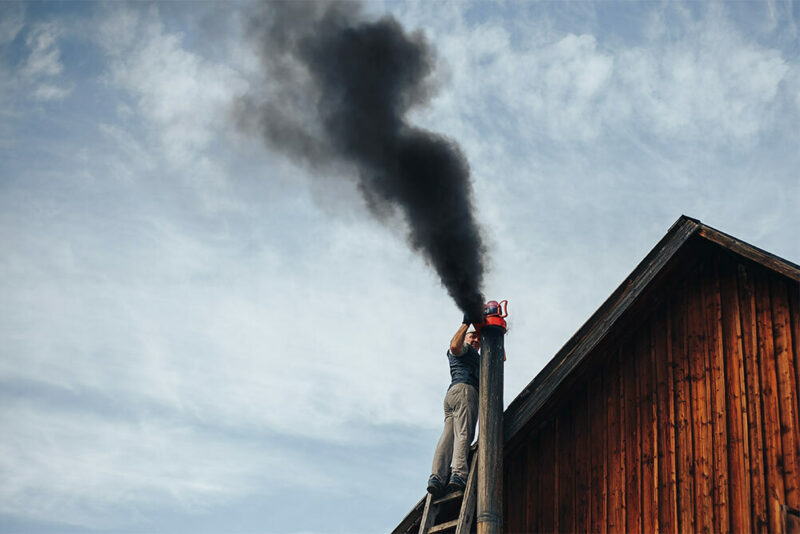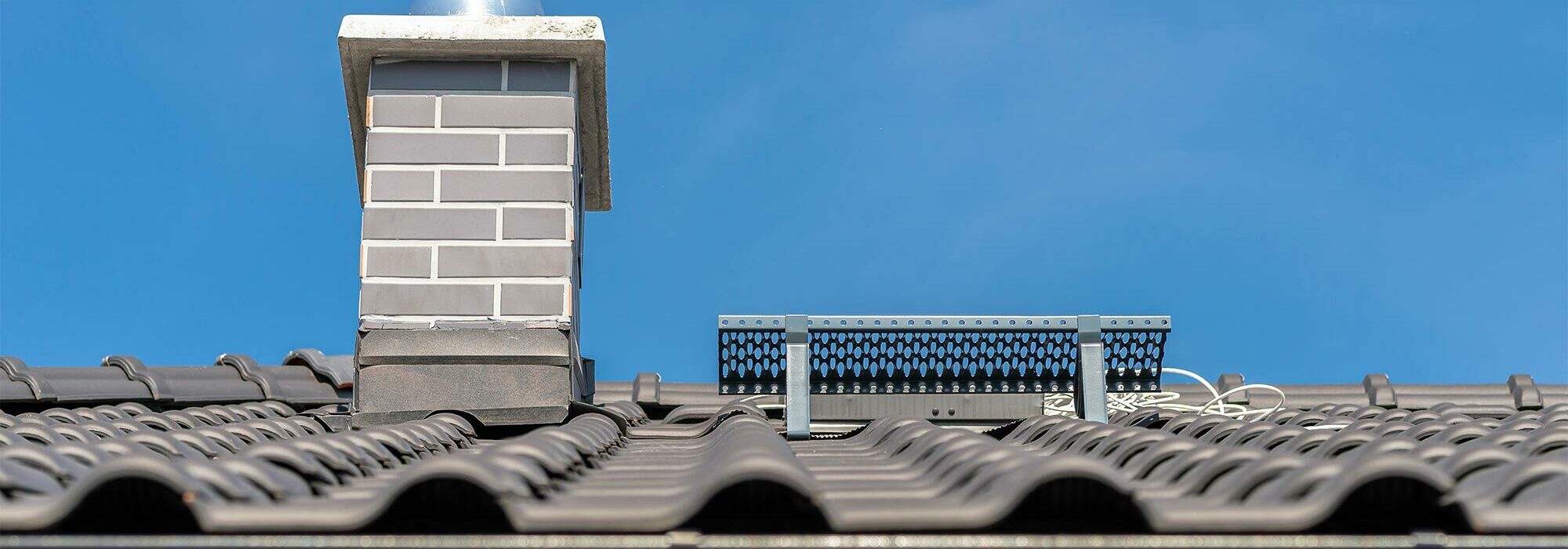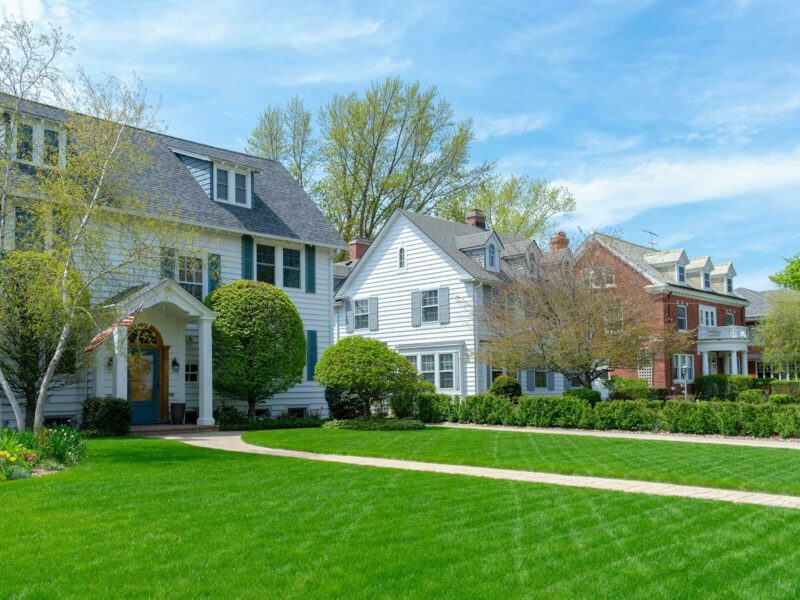Article Excerpt
When winter weather hits Texas, fireplaces become very important. Learn more about keeping your fireplace and chimney in good repair well ahead of winter.
Your chimney carries smoke and soot outside, allowing your home to warm up while the air stays clear. Whether you have a wood-burning fireplace or gas fixtures, you want to ensure that every part of your fireplace and chimney is in good shape. Ensuring proper chimney conditions helps keep your home free of smoke and suit, but also protects against potentially disastrous house fires.
The following tips provide a basic foundation for chimney maintenance.
Keeping your fireplace and chimney clean.
Gas-burning fireplaces are generally cleaner and easier to maintain than wood-burning fireplaces. For either type of fireplace, make sure the flue damper is working properly. Most of the smoke, soot, and gas should escape your home through the chimney, although it will leave residue behind. A damaged or defective flue damper can allow smoke and gas to build up inside.

Photo by Craig Adderley on Pexels
Wood-Burning Fireplaces
Keeping your fireplace clean can help prevent the buildup of potentially dangerous materials that can damage both your home and your health. Burning wood produces soot and a tar-like substance called creosote. If too much material builds up in the fireplace, it can start to spread into your home. Soot can stain your walls, floors, carpets, and furniture. Breathing in soot can be extremely hazardous to your health. Excessive creosote exposure is linked to numerous health problems, but you can avoid this by keeping the fireplace and chimney clean.
The buildup of soot and creosote can also create a fire hazard. Creosote ignites at 451 degrees Fahrenheit and quickly expands and grows hotter. If you have a buildup of creosote further up in your chimney, it can cause a fire that spreads beyond the chimney into your home.
You can minimize the amount of soot and creosote that accumulates in the chimney by only burning properly seasoned wood. The wetter the wood, the more creosote it will produce. You can buy seasoned wood at grocery and hardware stores. If you cut your own firewood, you should allow it to season in a dry location for at least six months before burning it.
You should remove ash from your fireplace after every time you use it, but it doesn’t have to go to waste. Ash contains nutrients that can benefit soil and plants. You can also add it to a compost bin.
At least once a year, you should remove the soot buildup from the inside of your fireplace. If the buildup is less than ⅛” thick, you might be able to do this yourself. Cleaning products are available that can remove soot buildup. The best time to do this is in the spring before the weather gets especially hot. Heat and humidity can make creosote more difficult to remove. Be sure to wear a dust mask and protect your eyes when cleaning your fireplace yourself.
You may also burn a chimney-cleaning log in the fireplace. This type of product releases a material that breaks down creosote. You may then remove the residue much more easily.
Gas-Burning Fireplaces
Gas-burning fireplaces do not produce nearly as many waste products, but you run the risk of carbon monoxide building up in your home. Soot can build up on the gas logs, but you can keep them clean with regular use of a cleaning solution.
Hiring Professional Chimney Cleaners
Consider hiring professional chimney cleaners if you have excessive soot in the fireplace or further up the chimney. This applies whether you have a wood or gas fireplace. Generally speaking, you should have your chimney inspected after every 40-50 burns. Professional chimney sweeps have specialized expertise and tools to identify and address potential problems with your fireplace and chimney.

Maintaining Your Chimney’s Structure
In addition to cleaning soot and creosote from the fireplace and chimney, professional chimney cleaners can identify other problems, such as cracks in the flue lining or in the chimney itself. You might be able to notice cracks in the masonry, but internal damage could be much less apparent.
Damage to the chimney can result in a wide range of problems, from the loss of heat to a greater risk of fire. Damage to the chimney exterior can allow moisture to get into the home. Interior damage can allow heat, smoke, and soot to encroach into other parts of the home. Over time, the risk of fire increases greatly.
A chimney cleaning professional can identify interior damage and advise you on the best way to repair it. This may involve replacing parts like the damper or the flue lining, or it may require more extensive repairs.
A home inspector or roofing contractor can look for exterior damage. This type of damage often requires masonry repair. If you find damage to the outside of the chimney, you should also have someone check to see how far the damage extends inward.
Keeping Your Chimney Secure
Your chimney stack extends through a hole in the roof. Since your roof is your home’s last line of defense against rain, snow, and other elements, you need to make sure the area around the chimney is secure. Roofing contractors use metal strips known as flashing to cover gaps in the roof.
A specialized type of flashing secures the area around the chimney. If the chimney flashing is damaged, water can enter your home through the gaps and cause many kinds of damage. Regular roof inspections can identify problems with your flashing. You can inspect your roof yourself, but you should be careful not to damage the shingles. A professional roof inspection typically costs between $75 and $200, and it is worth the investment.
![Photo by Brian Robinson on Flickr [Creative Commons] securing a chimney](/images/articles/_generalPhotoStandard/chimney-security.jpg)
Photo by Brian Robinson on Flickr [Creative Commons]
Dreaming of your own fireplace (and home)?
Nothing ushers in a cozy winter season like your own fireplace. The mortgage professionals at The Wood Group of Fairway are ready to help you into your dream home. We’re only a couple minutes away - get started by answering a few easy questions online!



